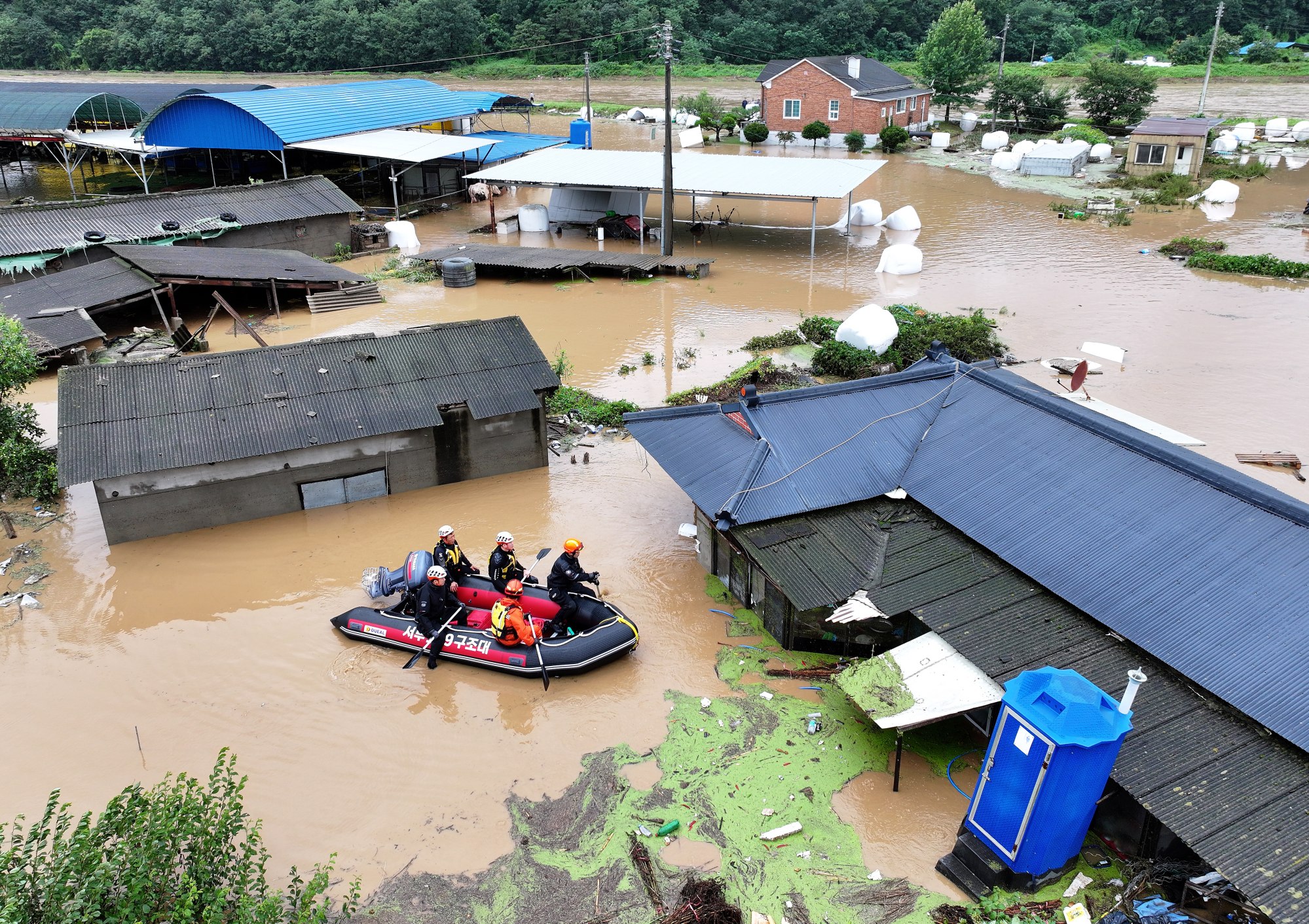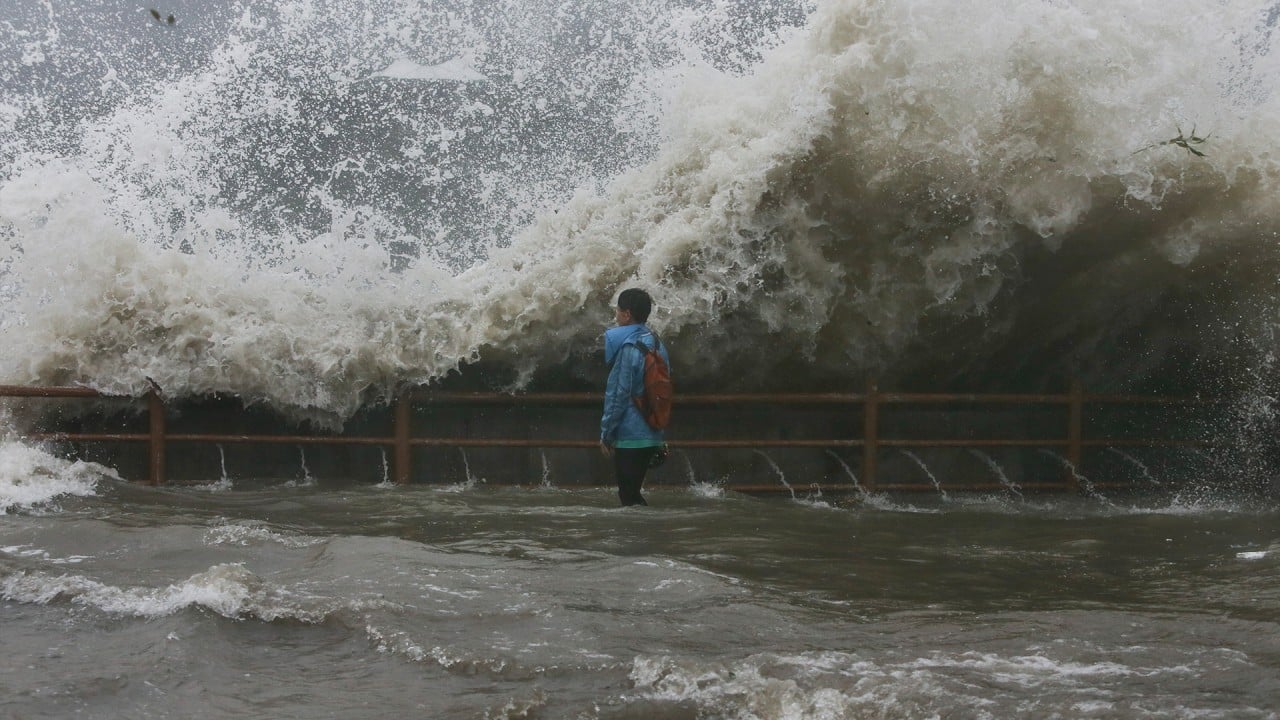It’s no longer a matter of insuring against risks such as fires, floods, hurricanes and typhoons which are labelled “acts of God”. It’s about coping with man-made disasters where the costs will be infinitely greater.
It’s a matter now of forking out literally trillions of dollars to reinforce essential infrastructure – existing and planned – so that it stands a chance of withstanding the savage onslaught of climate-change-induced calamities.

But who’s going to pay these fabulous sums of money – governments (which means taxpayers), savers and lenders (which also means us) or business corporations (which means shareholders)? That, as they say, is the question.
The report, “A Governance Framework for Climate-Relevant Public Investment Management”, does not pull its punches when it comes to talking about the sums that will be required. That, at least, is a welcome development.
We’re primarily talking about energy, transport, water, sanitation and agricultural systems, as well as the construction sector and coastal facilities, all of which are essential to social and economic survival, and to growth.
The Asia-Pacific region faces more frequent and wider-ranging climate challenges than other areas. More than 40 per cent of global climate-related disasters have occurred in the region since the beginning of the 21st century, affecting nearly 3.6 billion people and killing almost 900,000.
Rising temperatures, increased intensity of extreme weather events and rising sea levels are among the main climate-related catastrophes that threaten human and physical assets throughout the region, especially given that populations are concentrated in coastal and urban areas.
Perhaps more scary is the suggestion that the increase in annual losses from climate damage will outpace gross domestic product growth in Asia and the Pacific if left unaddressed.
The ADB report, like others on the subject of climate change, does not stray far into the critical question of who is going to pay to tackle the existential problem. And, yet, that is exactly where the conversation needs to go.
Instead, the report makes anodyne suggestions that “finance ministries must play a central role in mainstreaming climate action within their core responsibilities of economic strategy, and fiscal and financial policy”. And it acknowledges that “public resources will not be sufficient to meet the need for resilient infrastructure investment”.
And the suggestion that private financing can play a valuable role as a “solution provider” to supply the technologies, services and products required to adapt to the wide variety of climate risks is so vague as to be meaningless. The fact is that financial markets, and especially stock markets, will have to get much more closely involved in directing savings for climate investment.
Currently, the global fund management industry directs colossal sums of money into highly fashionable tech stocks that are capitalised collectively at trillions of dollars but precious little into key socio-economic needs like climate change or, indeed, infrastructure.
To state this problem is not to solve it but it is at least a step along the road. A wake-up call is needed and maybe howling hurricanes, devastating floods or even buffeted aircraft will provide it.
Anthony Rowley is a veteran journalist specialising in Asian economic and financial affairs


